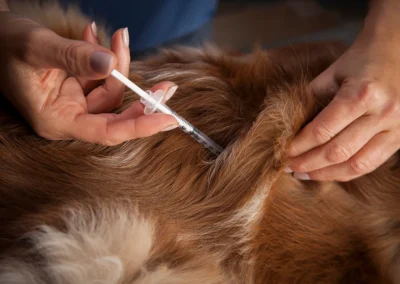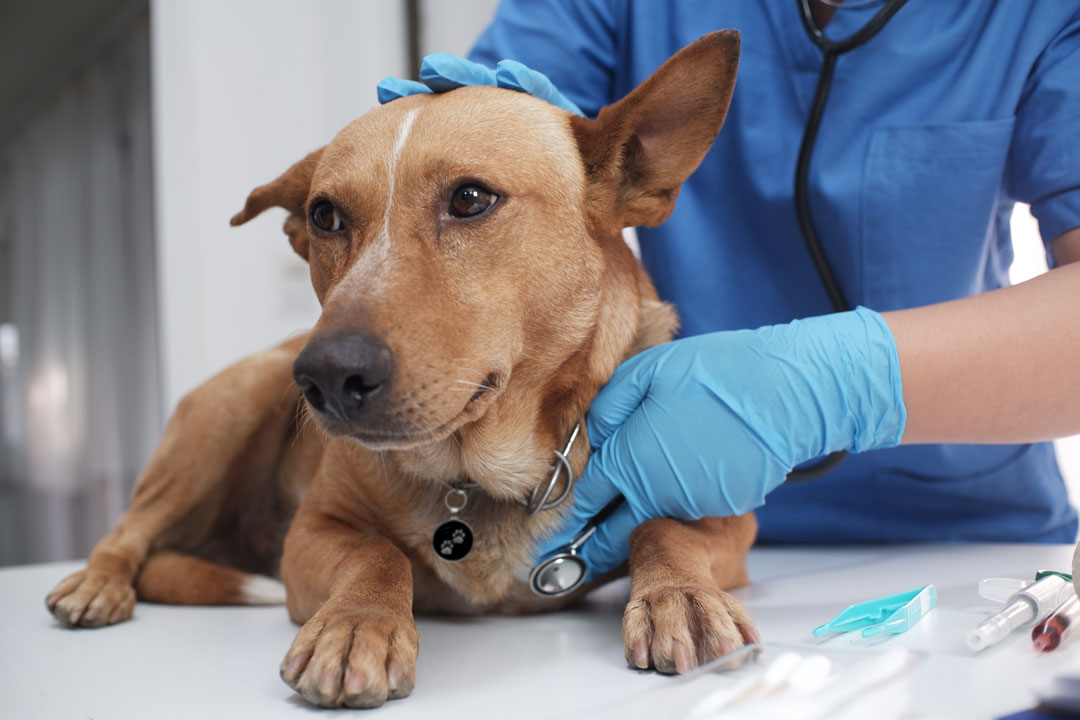
Dog parks are a popular destination for pet owners who want to give their dogs time to run, play, and socialize off-leash. These parks offer the promise of enrichment, exercise, and canine companionship—but they also come with potential risks. As a veterinarian, I often talk with pet owners about whether the dog park is a good fit for their pet. The answer depends on your dog’s health, personality, and your willingness to observe and respond to behavior and safety cues.
The Pros of Dog Parks
1. Physical Exercise:
Dog parks allow for off-leash running, which is difficult to replicate on a leash or indoors. Regular exercise supports cardiovascular health, muscle tone, and weight management.
2. Mental Stimulation:
Dogs explore new scents, sights, and sounds in the park. This stimulation can reduce boredom and decrease the risk of destructive behaviors at home.
3. Socialization:
Positive interactions with other dogs offer social dogs benefit of companionship and playtime with peers.
The Cons of Dog Parks
1. Risk of Disease Exposure:
Dog parks can be breeding grounds for infectious diseases. Canine parvovirus, kennel cough (canine infectious respiratory disease complex), canine influenza, intestinal parasites, and external parasites like fleas and ticks are all risks.
Even well-meaning owners may bring dogs who are asymptomatic carriers or who are overdue on vaccines. Communal water bowls, shared toys, and fecal contamination can all contribute to the spread of disease.
2. Unpredictable Behavior:
While many dogs are well-socialized, not all dogs at the park are equally tolerant. Fights can happen quickly. If a dog has poor recall, guards toys or people, or reacts to specific triggers, the off-leash environment may not be appropriate.
3. Stress and Overstimulation:
Some dogs find the dog park overwhelming. High-energy environments with unfamiliar dogs and people can lead to anxiety, fear-based aggression, or learned negative behaviors.
Recognizing Behavior: Normal vs. Abnormal
Understanding canine body language is essential for safety. Here are some examples:
Normal Social Behavior:
- Play Bows: A dog lowers its front end with its rear in the air, inviting play.
- Loose, Wiggly Body Posture: Indicates relaxation and interest.
- Taking Turns in Chase or Wrestling: Shows appropriate social reciprocity.
- Brief Sniff-and-Move Interactions: Common and polite greetings among dogs.
Abnormal or Concerning Behavior:
- Stiff Posture, Raised Hackles, or Prolonged Staring: Signs of tension or potential aggression.
- Reluctance to Approach or Hiding Behind the Owner: Indicates fear or discomfort.
- Mounting, Pinning, or Intense Chasing that Isn’t Mutual: Can be signs of poor social skills or overstimulation.
- Snapping, Growling, or Lunging: Active signs of aggression, even if no injury occurs.
Being proactive and observing your dog’s comfort level and that of the dogs around them is critical to avoiding escalated conflicts.
Safety Tips for Visiting Dog Parks
1. Ensure Your Dog Is Vaccinated and on Preventatives:
Core vaccines (like rabies, DHLPP, and Bordetella) and flea, tick, and heartworm preventatives are essential before using communal areas.
2. Know Your Dog’s Social Preferences:
Some dogs are more selective or prefer the company of familiar dogs. If your dog is fearful or reactive, the dog park may not be the right environment.
3. Supervise Constantly:
Stay close to your dog and intervene early if you see signs of inappropriate behavior. Avoid being distracted by your phone or conversations.
4. Choose Off-Peak Hours:
Going during quieter times (early morning or midday on weekdays) can provide a more relaxed experience with fewer dogs.
5. Avoid Bringing Toys or Food:
Some dogs resource-guard toys or treats, which can provoke conflict. Leave high-value items at home.
6. Observe the Environment:
Cleanliness, fencing, water availability, and size of the park all affect safety. Avoid parks where owners don’t pick up waste or allow aggressive dogs off-leash.
Final Thoughts
Dog parks can be a valuable resource, but they’re not right for every dog. While some dogs thrive on off-leash interaction, others may feel stressed or threatened. Take time to understand your dog’s behavior and needs, and weigh the risks of disease or conflict before deciding to go.
If you’re unsure, consider alternative enrichment such as long-leash walks, supervised playdates with known dogs, or visits to a structured doggy daycare.
As always, speak with your veterinarian if you have questions about your dog’s readiness for the dog park or want to ensure they are protected from contagious diseases. An informed and attentive pet owner is a dog’s best advocate.
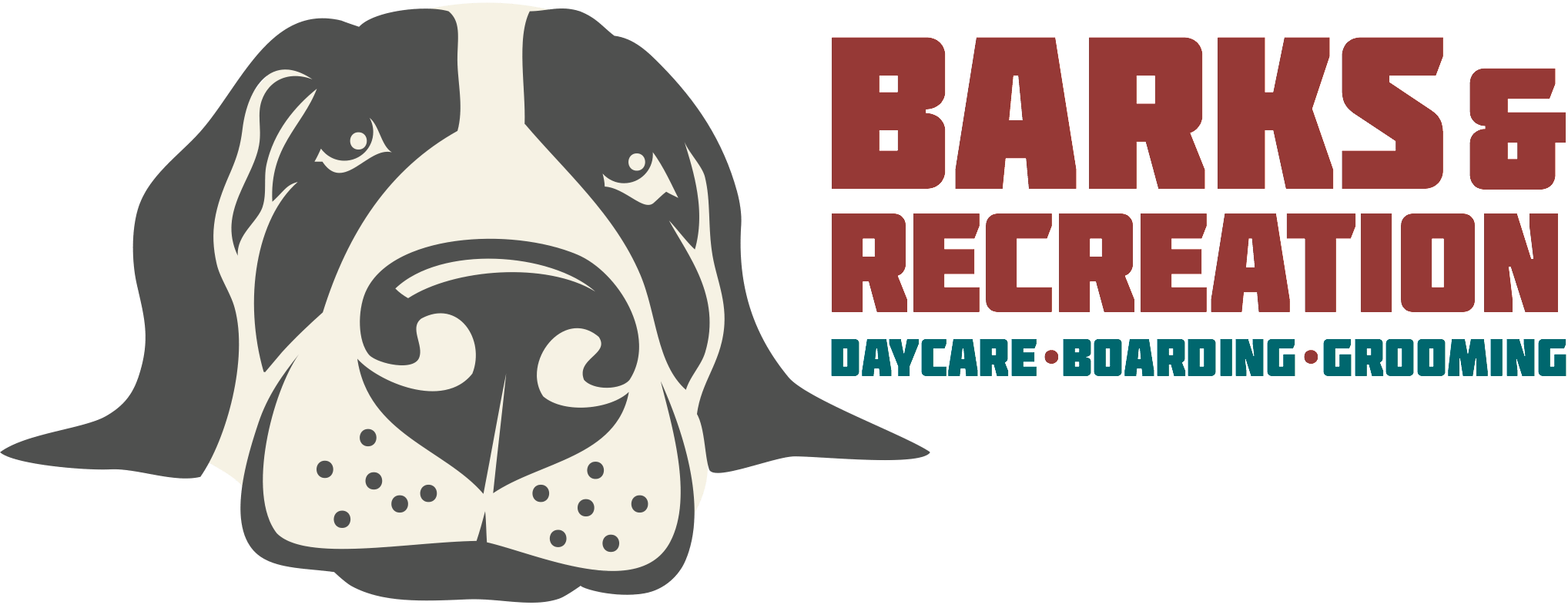

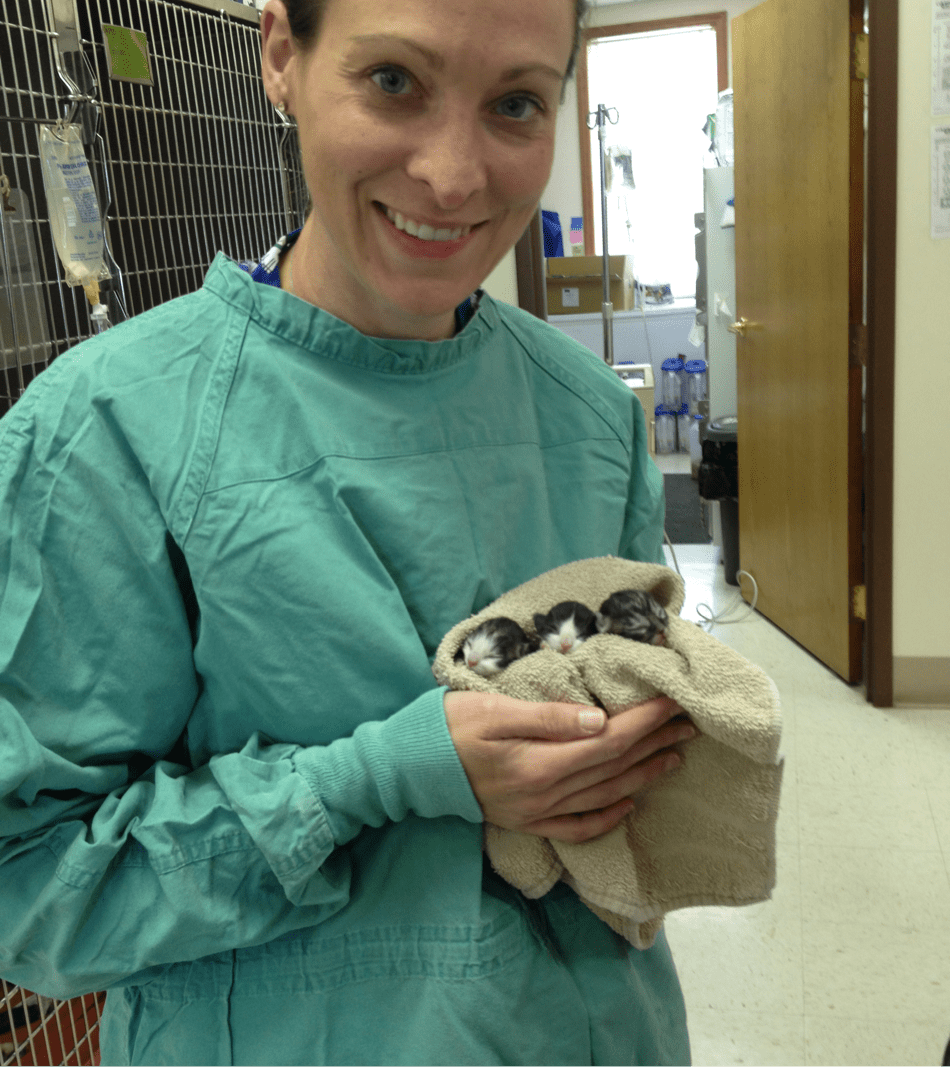 Barks & Recreation is proud to feature Dr. Eileen Savier CVA, CVCH as our Veterinary Blogger in our “From the Vet” Series — offering information related to the health and welfare of your furry family members! Currently part of the team of doctors at Keystone Veterinary Clinic, Dr. Savier is a 2012 Graduate of the Ross University School of Veterinary Medicine, She completed her clinical experience at The Ohio State University and after veterinary school she pursued further education and certification in Veterinary Acupuncture, Chinese Herbal Medicine, and Fear Free veterinary visits. Dr. Savier has a special interest in integrative medicine, animal behavior, and internal medicine and is committed to improving animal health care by integrating Eastern and Western philosophies. She enjoys working with fearful & aggressive dogs and cats and she has had additional training in low stress handling techniques and encourages positive reinforcement during exams and procedures. Her clinical interests include pain management, animal behavior, geriatric patient care, and internal medicine.
Barks & Recreation is proud to feature Dr. Eileen Savier CVA, CVCH as our Veterinary Blogger in our “From the Vet” Series — offering information related to the health and welfare of your furry family members! Currently part of the team of doctors at Keystone Veterinary Clinic, Dr. Savier is a 2012 Graduate of the Ross University School of Veterinary Medicine, She completed her clinical experience at The Ohio State University and after veterinary school she pursued further education and certification in Veterinary Acupuncture, Chinese Herbal Medicine, and Fear Free veterinary visits. Dr. Savier has a special interest in integrative medicine, animal behavior, and internal medicine and is committed to improving animal health care by integrating Eastern and Western philosophies. She enjoys working with fearful & aggressive dogs and cats and she has had additional training in low stress handling techniques and encourages positive reinforcement during exams and procedures. Her clinical interests include pain management, animal behavior, geriatric patient care, and internal medicine.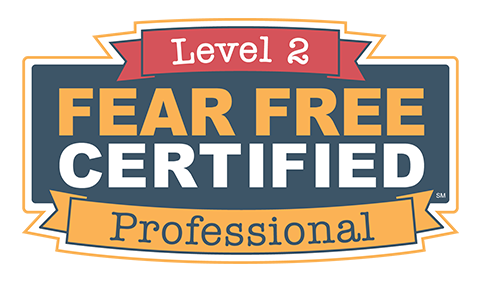 Dr. Savier shares her home with two (soon to be three) dogs, two cats, and a toddler. She lovingly refers to her two dogs as Coconut Retrievers as they were rescue dogs she brought home from the island of St. Kitts. In her free time she enjoys spending time with her family, going to the beach, and planning her next Disney vacation.
Dr. Savier shares her home with two (soon to be three) dogs, two cats, and a toddler. She lovingly refers to her two dogs as Coconut Retrievers as they were rescue dogs she brought home from the island of St. Kitts. In her free time she enjoys spending time with her family, going to the beach, and planning her next Disney vacation.